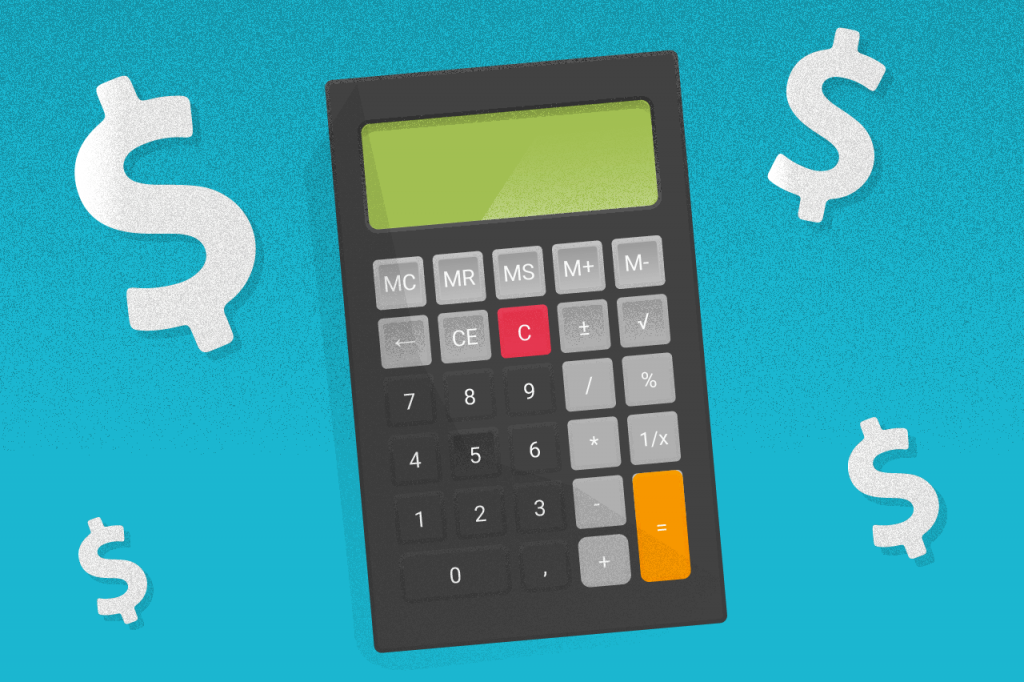This article will tutor how to calculate the percentage as a simplified mathematical expression. The result of a calculated percentage is a mathematical expression to determine either the ratio or the portion of a defined quantity.
The ‘percentage’ etymology denotes that the word bears originality from both French and Latin languages written as ‘per’ and ‘cent’. It could be written as per hundred literally. Mathematical percentages are expressed with written symbols ‘%’ — for context, the percentage symbol is written after the defined figure e.g. ‘44 percent’ is written as ‘44%’ which means that 44 out of 100.
A mathematician’s expression of the Percentage term is a numbered ratio expressed as a fraction of 100 likewise denoting the symbol. For context, the result of 44% can be expressed as a decimal fraction or a mere fraction.
Fast online Calculator
Steps to Calculate or Convert a Percentage
The basic idea of calculating the percentage is focused on the converting rule that allows you to relate with the fractional figures and other valuable ratios.
Determine the value & format of the percentage for conversion
A percentage can either be expressed as a decimal fraction, a fraction, or a whole number to identify the percentage format or value e.g. 44% (whole figure percentage), ⅞ % (fractional percentage, 4.42% (decimal fraction percentage).
Identifying either the format or the value of the actual percentage for conversion is the primary step to determine the percentage result. The next step has the mathematical expression to determine the value of a percentage.
Mathematically convert a percentage
The primary step to determine the fractional percentage like ⅞ % is to divide 7 the numerator by 8 the denominator. This equals a decimal fraction percentage as the result of ⅞ percent.
Meanwhile, other fractional percentages with decimals suchlike 4.42% will not be attended to at this phase until the next.
It is worth noting that a percentage cannot be solved else there has to be a whole number and the percentage value will be pulled from suchlike 4.42% off 1000.
Apply the ‘multiply by 100’ rule
Then again, this expression ‘4.42%’ is correct despite the absence of a challenging whole number. The 100 multiplier rule applies to decimal fractions suchlike 4.42% can simply be calculated whereby 4.42 × 100 = 442%.
This insinuates the percentage of 4.42 equals 442% without a decimal. For context, 0.04 Is calculated as 0.04 × 100 = 4%. The next example illustrates how the multiplier by 100 rule dissolves a percentage suchlike ⅞ %. Recall the initial step that divides through with 7 and 8 equals 0.875%, then 0.875 × 100 = 87.5.
Calculate the reverse percentage
Sometimes mathematical questions are written as a wordplay that requires thinking out of the box or thinking backward.
For context, if 30% of a number is 600, what is the number?
Apply the first rule that identifies the percentage of the question, whereby the final number and the percentage are given and the real number is to be discovered.
PS: If 30% of a number is 600, what is the number?
- Let 600 be the Real number to determine the percentage.
- Multiply the Final/Real number 600 by 100 equals 60,000.
- Divide the Real number multiplication by the percentage; 60,000 ÷ 30 = 2000.
- Therefore, 30% of 2000 = 600.
On the other hand, divide 30 by 100 equals 0.3; now multiply 2000 × 0.3 = 600.
Homework
Find the sale price if a 20% discount is allowed off the marked price of $30.
Solution;
- Divide 20 by 100, which equals 0.2.
- Multiply the market price of $30 by 0.2 equals 6.
- Then again, minus 6 from the market price, which equals $24

